Frailea curvispina Rare small size cactus
₹299.00
Out of stock
Email when stock available
Frailea curvispina Origin and Habitat: The plant is found from Southern Brazil to Northern Uruguay.
Altitude: It grows at elevations from 150 to 300 metres above sea level.
Habitat and Ecology: The cactus grows on rocky outcrops and stony fields in pampa grasslands. This species is not abundant in Brazil but is common and abundant in Uruguay; it is sparsely distributed where it occurs. The major threats to this species are grazing and cattle trampling, agriculture, forestry, fire and collection, but not in all of its range.
Frailea curvispina Description: Frailea is a very singular miniature plant, and one the of most fascinating cacti with a disk like, flattened to globose body.
Stem: It is diminutive in size and several remain solitary, never outgrowing 4-5 cm diameter. Stems are chocolate brown or dark reddish-green with 8-15 flat ribs.
Spines: 3-15 minute, short, black spider-like, appressed on the plant body and usually all bent downward.
Flower: Sulphur yellow, sometimes larger than the plant itself (4cm diameter). But don’t be disappointed when the easily produced buds fail to open. Fraileas are cleistogamous meaning that their flowers produce seed without even opening. Without the need for pollination, hence the buds rarely reach full bloom and remain closed. They will open only in great heat in the hottest, brightest, afternoon sun, if at all.
Fruits: Dry indehiscent that detach easily, pericarp membranous, fragile that break easily releasing the seed.
Seeds: Very big 3-3,5 mm wide. The seed is shaped strangely for a cactus, and is often described as “hat” or “boat” shaped with a prominent edge. That is a good description, for it is among the few cactus seeds that float! They are thought to be dispersed in habitat by floating away on runoff.
Remarks: This plant is short living (It does not live long – about 10-15 years)
ultivation and Propagation: Frailea curvispina is a summer grower species relatively easy to grow. It is sometime seen as a grafted plant but grows very well on its own roots too. Characteristically, during the dry season plants retract completely under the ground both in the wild and in cultivation too.
Growth rate: Fraileas are relatively short-lived plants, only lasting few years (rarely more than 10-15 years in cultivation) and, possible annuals in habitat! In fact they reseed readily around the base of the mother plant from self-set seed if kept reasonably moist during warm weather. It is a
good idea to keep restarting them from seed; what looks like a healthy big plant may suddenly die of old age without warning.
Soil: Use mineral well permeable substratum with little organic matter (peat, humus), plants may become too elongated if compost is too rich.
Repotting: Re-pot every 2 years. Use pot with good drainage.
Fertilization: It grows much faster with a low nitrogen content fertilizer in spring and summer. Potassium helps maintaining the plants compact and healthy.
Watering: Requires careful watering to keep plant compact. Water sparingly from March till October, the thin, fibrous roots suffer if there is humidity, therefore the plant should be watered only when the surrounding terrain is dry. Keep dry as soon as the temperature starts dropping in October and keep it perfectly dry in winter at temperatures from 5 to 15 degrees centigrade.
Hardiness: They need a minimum temperature of 5-10° C (but occasionally temperatures of a few degrees below 0° are not dangerous if kept on the dry side prior to, and during, cold weather). It tends to rot in winter during the resting phase, if kept wet. In the rest period no high atmospheric humidity!!
Sun Exposure: Light shade to full sun, its colour tends to richer and darker when grown in light shade. In a shaded position the plants grow faster, but are not flat shaped and dark coloured.
Uses: It is an excellent plant for container growing. It always looks good and stays small.
Be the first to review “Frailea curvispina Rare small size cactus” Cancel reply
You must be logged in to post a review.



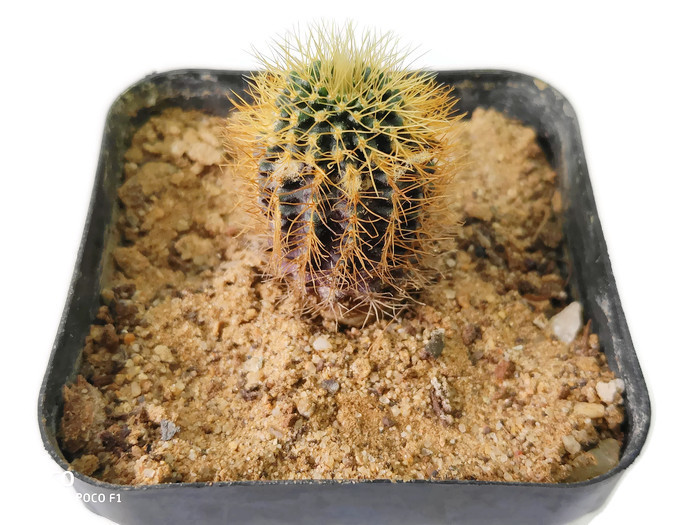
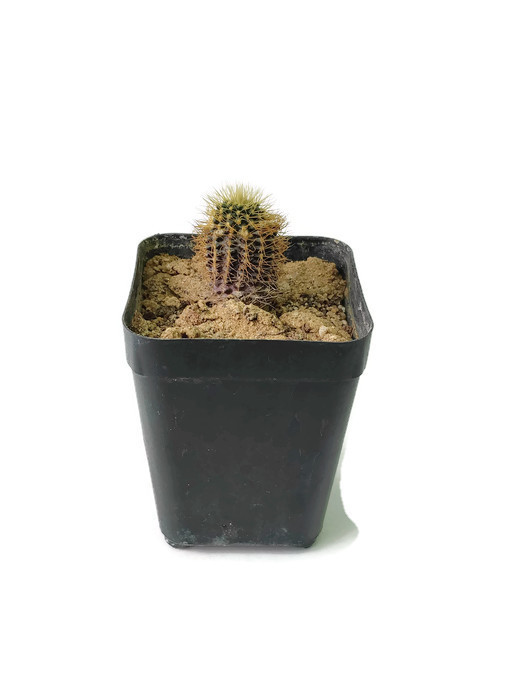
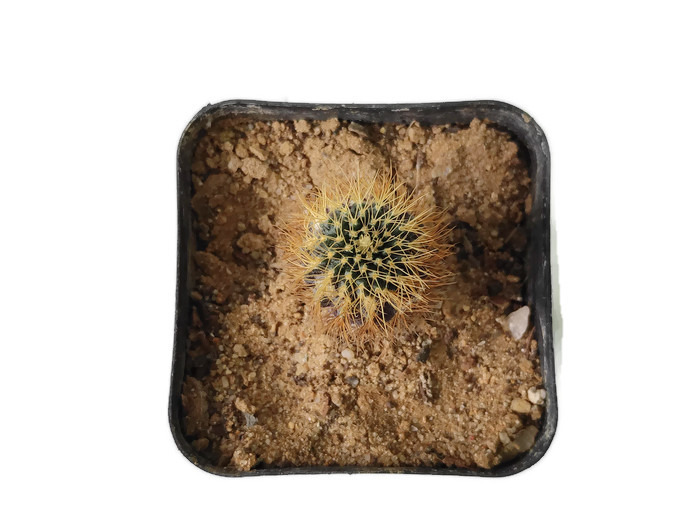
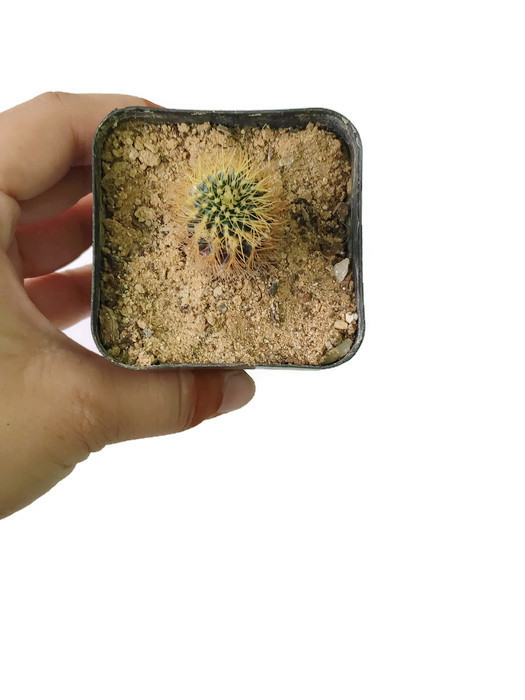
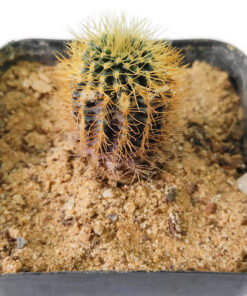



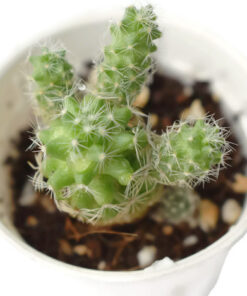

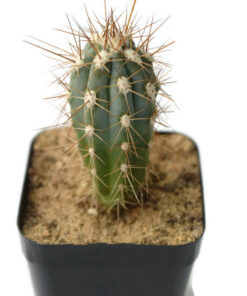



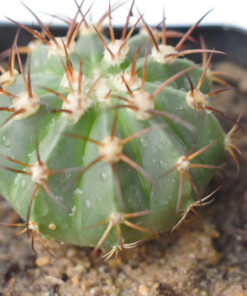

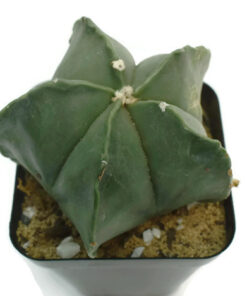



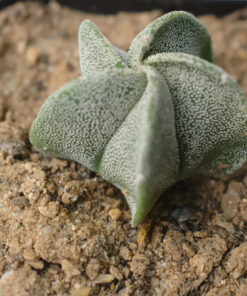

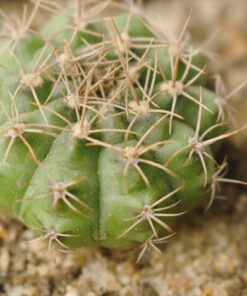

Reviews
There are no reviews yet.